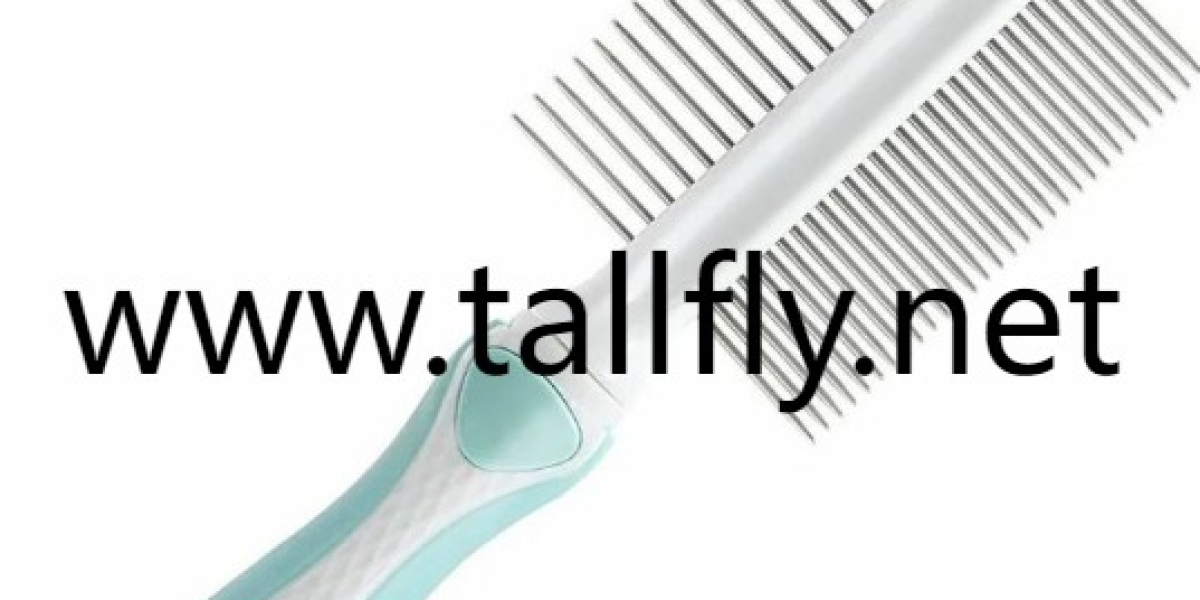With pet ownership rising and professional grooming costs increasing, savvy owners are embracing DIY grooming. Yet, simply owning a quality comb isn't enough—technique matters profoundly. Understanding how tools are crafted, from design choices in a Pet Grooming Comb Factory to your hand's movement, transforms brushing from a chore into a bonding ritual that enhances coat health.
Why Technique Trumps Tools Alone
Even premium combs can cause discomfort if used incorrectly. Common mistakes include:
Rushing through thick mats, causing pulling and pain
Using incorrect angles that scrape the skin
Applying excessive pressure, irritating sensitive areas
Skipping sectioning on dense coats, leading to uneven results
Ignoring your pet's cues of discomfort or stress
Tailoring Your Approach by Coat Type
Short-Haired Breeds (e.g., Beagles, Boxers):
Use a fine-tooth metal comb for removing loose undercoat
Brush with hair growth in short, overlapping strokes
Focus on high-shed areas: thighs, shoulders, and tail base
Finish with a rubber curry mitt to lift remaining hair
Double-Coated Breeds (e.g., Huskies, Retrievers):
Start with a wide-tooth comb to break up undercoat clumps
Switch to an undercoat rake using floating strokes (barely touching skin)
Work in sections against growth to lift dead fur
Check for "snow" (loose undercoat) indicating effective removal
Long-Haired Breeds (e.g., Persians, Maltese):
Mist coat lightly with detangling spray before starting
Hold hair above mats with one hand while combing below with the other
Use a pin brush first, then a seamless comb for final smoothing
Pay special attention to friction zones: behind ears, armpits, tail
Curly-Coated Breeds (e.g., Poodles, Bichons):
Comb damp (not wet) coat with conditioner applied
Use a long-tooth steel comb to follow curl clumps
Separate curls gently from tips to roots
Maintain consistent tension to prevent breakage
The Art of Stress-Free Sessions
Timing Is Everything:
Choose when your pet is naturally relaxed (after exercise or meals)
Limit sessions to 5-10 minutes initially
Pair grooming with treats and praise
Reading Body Language:
Pinned ears or lip licking signal anxiety—take a break
Offer pauses every 2 minutes for wiggly pets
Stop immediately if you feel trembling or tense muscles
Creating Positive Associations:
Introduce combs during cuddle time without using them
Use high-value rewards only during grooming
End sessions before your pet shows irritation
Why Design Matters in Practice
Tallfly integrates grooming biomechanics into their comb designs. Their rounded-tip pins prevent skin scratches during angled strokes, while tapered teeth flex to navigate curves like the ribcage. Ergonomically weighted handles reduce wrist strain during extended sessions—critical for maintaining consistent, gentle pressure on thick coats. By collaborating with professional groomers, Tallfly ensures their tools adapt to real-world handling nuances, making effective technique more achievable at home.
Transforming Routine into Connection
Proper combing transcends fur maintenance. Consistent gentle grooming builds trust, allows early detection of skin issues, and distributes natural oils for weather-resistant coats. Watch for signs of success: your pet leaning into strokes, reduced shedding on furniture, and a noticeable shine to their coat. When sessions become moments of quiet connection, you've mastered more than technique—you've deepened companionship. Explore tools designed for harmonious home care at https://www.tallfly.net/product/.







